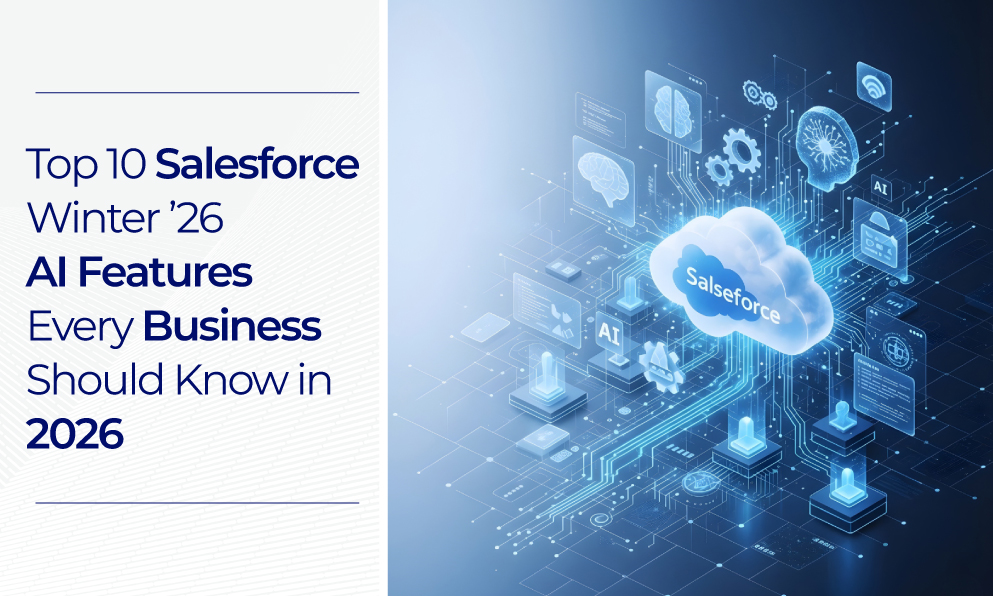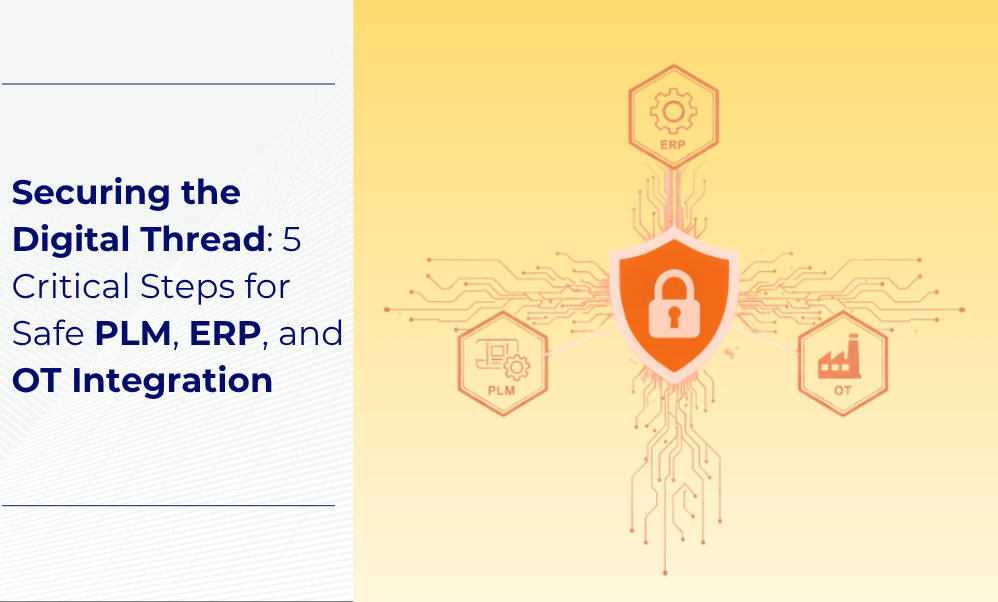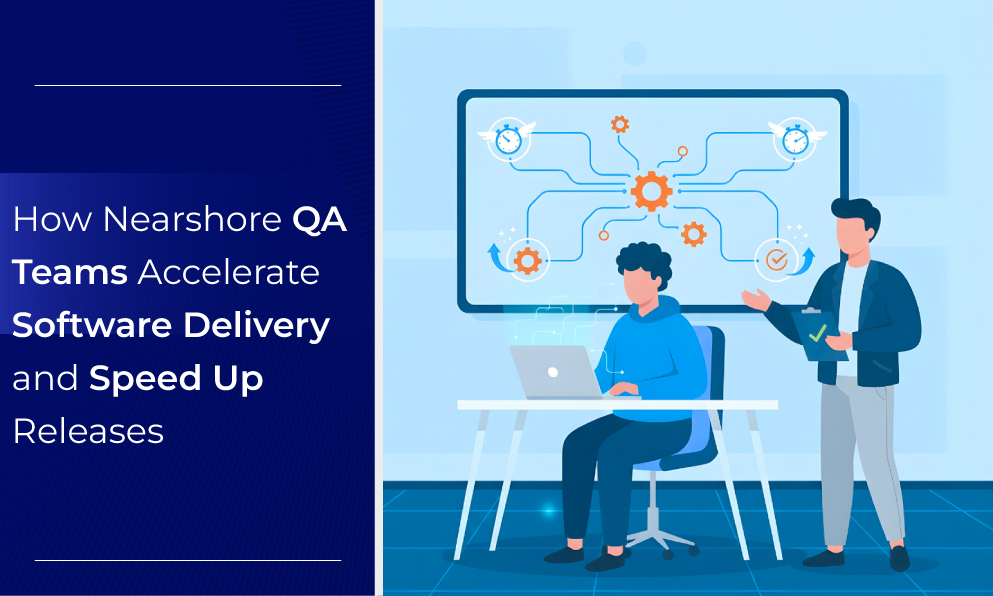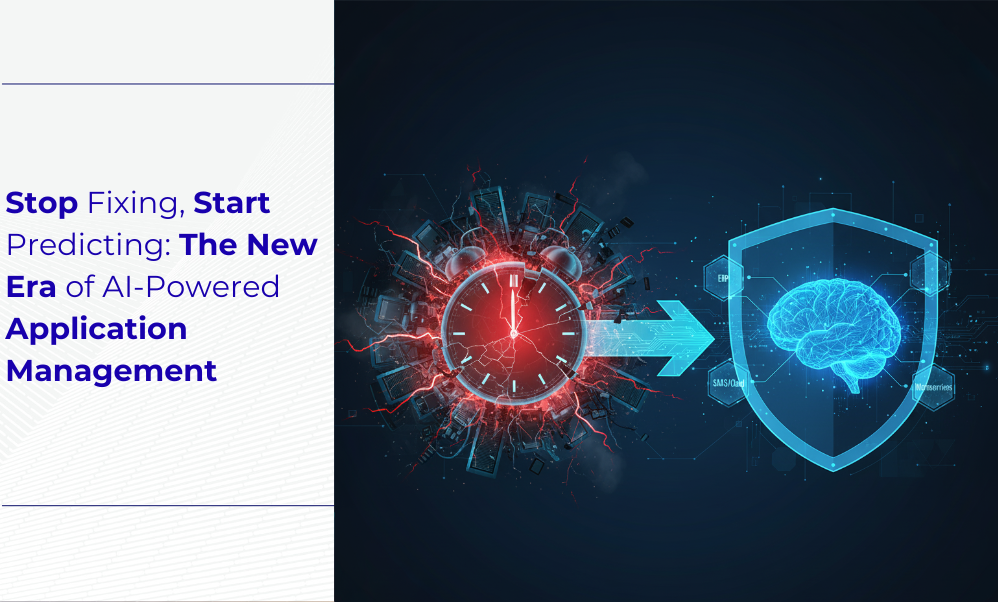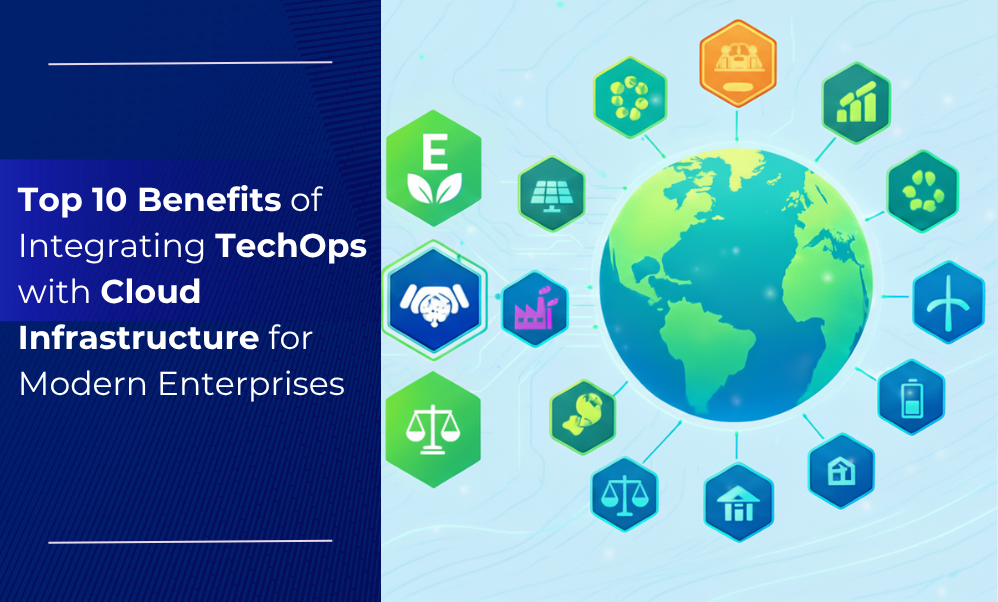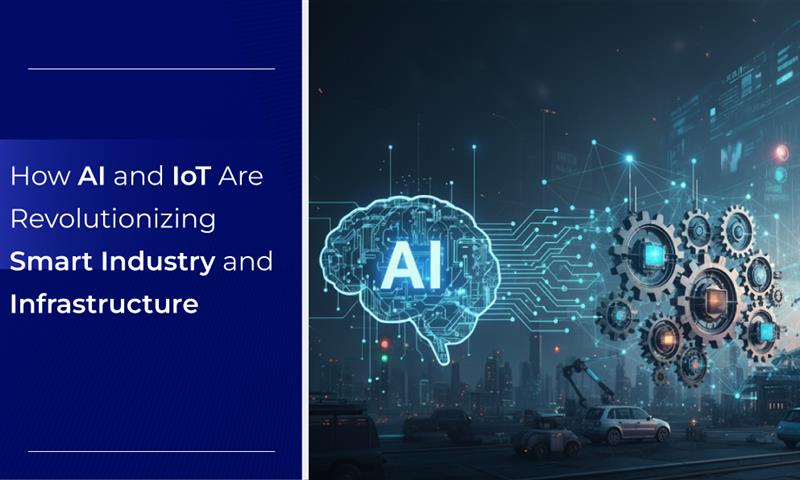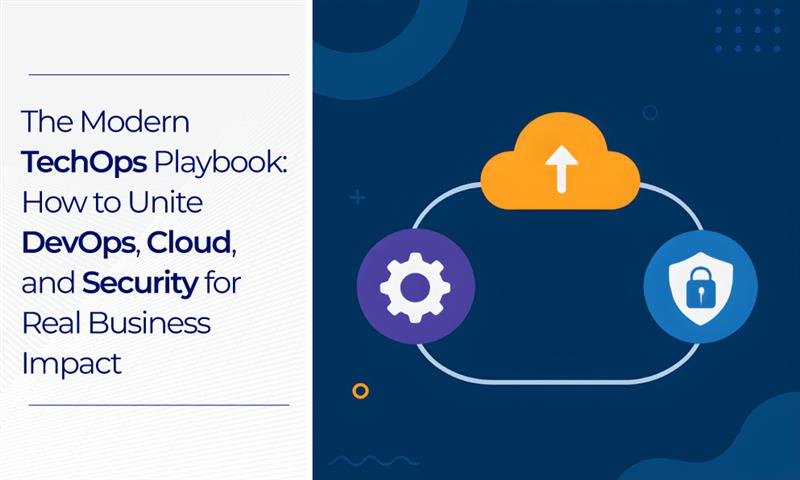Introduction
In the rapidly evolving landscape of enterprise technology, the integration of "AI and IoT" is quickly moving from a niche concept to a core strategic imperative. For leading innovators, this is not just hype—it's a real and measurable transformation.
For decades, the promise of the Internet of Things (IoT) was simple: connect our physical assets to the digital world. This created an explosion of data, but it also created a new problem: "data graveyards." Billions of sensors reported petabytes of information, but much of it sat in a database, creating noise rather than actionable insight. The loop was incomplete, almost always requiring a human to analyze the data and decide what to do.
The integration of AI and IoT is the solution to this problem. It represents the most significant evolution of connected technology.
If IoT is the digital "nervous system" that senses the world, Artificial Intelligence (AI) is the "brain" that thinks and acts. This critical integration allows systems to move beyond just reporting data. It empowers them to understand complex patterns, predict future outcomes, and act on that information autonomously.
This shift from passive data collection to active, intelligent automation is enabling a new generation of smart industry and smart infrastructure. At BJIT, we’re not just talking about intelligent solutions — we’re actively engineering them to solve complex, real-world challenges.
What Is Intelligent IoT — and Why It’s More Than Just a Trend
The fundamental difference between traditional IoT and an intelligent IoT system is the difference between data and decisions.
An IoT sensor can tell you a machine is 80°C. An intelligent IoT system, powered by AI, can analyze that data against historical trends, vibration patterns, and ambient temperatures to determine that the machine is 95% likely to fail in the next 72 hours, automatically scheduling maintenance and ordering the required part.
This is the synergy of sensors (data) + analytics (intelligence) + automation (action). This closed-loop system creates a new wave of value that simply wasn't possible before.
Edge Computing Explained
In the early days of IoT, all data was sent to a central cloud for processing. This is no longer feasible for high-stakes applications. The need for real-time decisions has pushed intelligence to the "edge."
Edge Computing refers to processing the data directly on or near the IoT device itself. For intelligent IoT, this is non-negotiable. An autonomous vehicle cannot wait for a round-trip signal to the cloud to decide if it should brake. A factory safety system must detect a problem and shut off a machine in milliseconds.
By deploying AI models directly onto the device, we achieve:
- Low Latency: Decisions are made instantly, without network delay.
- Data Privacy: Sensitive information (like video feeds or health data) can be processed locally without ever being sent to the cloud.
- Reduced Costs: Only relevant insights are sent to the cloud, slashing data transmission and storage costs.
Moving AI from the cloud to the edge isn’t optional — it’s essential for real-time safety, privacy, and autonomy.
Here is a simple breakdown of the evolution:
Real-World Applications Powering the Future
The market for AI and IoT integration is expanding at an exponential rate. According to Research and Markets (2025), the market is projected to grow from $15.3 billion in 2024 to nearly $20 billion by 2026. This growth is driven by the urgent need for more efficient industrial automation, resilient supply chains, and enhanced safety.
We are seeing this transformation in four key sectors:
Smart Manufacturing (Industry 4.0)
This is where intelligent IoT is having its most profound impact.
- Predictive Maintenance: This is the flagship application. Instead of waiting for a machine to break (reactive) or replacing parts on a fixed schedule (preventive), AI + IoT enables predictive maintenance. AI models analyze real-time vibration, acoustic, and thermal data to predict failures weeks or even months in advance. According to McKinsey (2023), predictive maintenance can reduce downtime by up to 50% and cut maintenance costs by 15-30%.
- AI-Powered Quality Control: On a high-speed production line, human inspectors can't catch every error. We now deploy high-resolution cameras (IoT) and computer vision models (AI) to scan thousands of components per minute. These systems can spot microscopic defects, like a micro-fracture in a PCB or an incorrect solder joint, with greater-than-human accuracy.
- Digital Twins: This is the next frontier. A digital twin is a living, virtual replica of a physical asset or entire factory. It is fed by real-time data from IoT sensors. Companies can then use AI to run "what-if" simulations on the digital twin—"What happens if we increase line speed by 15%?"—to optimize performance without risking real-world assets.
This same intelligent transformation extends far beyond the factory floor.
Smart Cities & Public Safety
Intelligent infrastructure is making cities safer and more efficient.
- Intelligent Traffic Management: AI models analyze data from road sensors, public transit IoT, and traffic cameras to optimize traffic light grids in real-time. This reduces congestion, prioritizes public transport, and creates safer pedestrian crossings.
- Smart Grids: Traditional power grids are fragile. A smart grid uses IoT sensors and AI to predict energy demand in real-time. It can automatically balance the load, re-route power during an outage, and seamlessly integrate renewable energy sources like wind and solar, ensuring grid stability.
- Data-Driven Public Safety: AI-powered video analytics can monitor public spaces for crowd-density anomalies or security threats. Smart systems can also triangulate the location of a gunshot and automatically route emergency services, providing them with live camera feeds and the safest approach route.
Healthcare (IoMT - Internet of Medical Things)
The integration of AI and IoT is personalizing patient care and optimizing hospital operations.
- Remote Patient Monitoring: Wearable devices (like smartwatches or medical-grade patches) are no longer just for fitness. They are IoMT devices that stream vital signs like ECG, blood oxygen, and glucose levels. An AI platform monitors this data 24/7, detecting early signs of conditions like atrial fibrillation or a glycemic crash and alerting clinicians before it becomes an emergency.
- Smart Hospitals: AI and IoT are streamlining hospital logistics. Staff can instantly locate critical equipment (like infusion pumps or ventilators) using asset tags. AI also optimizes patient flow, predicts staffing needs, and can even assist in analyzing medical images, like X-rays or CT scans, by flagging anomalies for a radiologist's review.
Logistics & Automotive
The supply chain is becoming a fully connected, intelligent system.
- Predictive Fleet Management: This is far more than a GPS dot on a map. Our systems can integrate CAN bus data directly from a vehicle's engine, feeding performance and driver behavior (like harsh braking or acceleration) into an AI model. This allows for true predictive maintenance, helping to predict mechanical component degradation several hundred miles in advance and enhance driver safety with real-time alerts.
- V2X (Vehicle-to-Everything): This is the future of autonomous driving. Vehicles use AI and IoT (via 5G and other protocols) to communicate with each other (V2V), with infrastructure (V2I), and with pedestrians (V2P). This creates a 360-degree "sixth sense," allowing an AI-driven car to "see" a car around the corner and prevent a collision.
How BJIT Leads in AI and IoT Integration
At BJIT, our 20+ years of global development experience are rooted in turning complex theory into functional, reliable, and scalable reality. We build robust, end-to-end systems where the hardware (Embedded Systems) and software (AI) work as one. This is a rare capability that sets us apart.
Our expertise covers the complete technology stack, from bare-metal firmware to the global cloud platform.
- AI + Embedded Systems: Our deep expertise in AI model integration allows us to deploy powerful analytics directly onto embedded systems. We specialize in model quantization and optimization, using lightweight AI frameworks such as TensorFlow Lite Micro or Edge Impulse to run sophisticated AI models on low-power, cost-effective microcontrollers (MCUs) like the STM32 and ESP32 series. Our expertise in FreeRTOS (Real-Time Operating Systems) ensures these tasks run with the microsecond precision required for critical applications. Learn more about our BJIT’s AI & Machine Learning Services.
- Hardware Expertise: A smart device is only as good as its hardware. We provide full-cycle hardware development, from schematics and custom PCB design using tools like Altium and KiCAD, to 3D mechanical enclosure design and prototyping. This end-to-end control ensures our hardware is perfectly optimized for the AI, a critical step for power efficiency, cost reduction, and mass production. Explore our BJIT’s Embedded Systems Development capabilities.
- Connectivity & Cloud: Choosing the right connectivity is key to success. We integrate the entire spectrum of protocols, from LoRaWAN for long-range, low-power agricultural sensors to high-precision UWB (Ultra-Wideband) for indoor positioning and BLE for wearables. We are experts in streaming this data securely and efficiently using protocols like MQTT to cloud platforms like AWS IoT, ensuring your system is scalable and globally available.
- Data Visualization: Data is useless if it's not understandable. Our front-end and application development teams build the intuitive web dashboards and mobile applications that translate millions of complex data points into simple, actionable insights for operators, managers, and C-level executives.
Our Capabilities in Action
- Example: AI-Powered Worker Safety: For a client with employees in large, open-field environments, a simple GPS tracker was not enough. We engineered a complete data-driven safety system from the ground up. This involved building custom wearable 'Tag' devices and stationary 'Anchor' devices for a high-precision Indoor Positioning System (IPS) using UWB. The data (including GPS for outdoors) is streamed via MQTT to a central platform where an AI model analyzes this real-time location and movement data to detect anomalies like a fall or a period of no movement. Upon detection, it instantly notifies a supervisor via a responsive web dashboard. This is a life-saving solution that required our full-stack expertise: from custom KiCAD PCB design and FreeRTOS firmware to the AI model and cloud backend.
Building a Safer, More Sustainable Future
This technology is about more than just efficiency and profit; it's about creating a better, safer, and more sustainable world. At BJIT, we see this as a core engineering responsibility. Our mission is to leverage intelligent systems to solve tangible human and environmental challenges, moving from reactive problem-solving to proactive, data-driven prevention.
Data-Driven Safety Systems: A Proactive Responsibility
Data-driven safety systems are a core focus of our engineering efforts. In high-stakes environments, a reactive alert is often too late. The true value of intelligence is its ability to prevent an incident or prescribe an immediate, correct action.
This is a significant engineering challenge. A worker safety or public emergency system cannot tolerate cloud latency or network unreliability. This is why BJIT’s deep expertise in embedded, real-time systems is so critical. We build solutions where the intelligence lives on the device:
- Deterministic Performance: For a system to be truly "safe," it must be deterministic. Our expertise in FreeRTOS (Real-Time Operating Systems) ensures that a critical task—like triggering an emergency guidance laser or detecting a fall—is executed with microsecond precision, every single time, without fail.
- Proactive Anomaly Detection: We build AI models that learn the "normal" state of an environment. For a worker, this is a normal pattern of movement. For a public space, it's a normal acoustic signature. Our systems, like the worker safety tracker, are designed to instantly flag deviations from this normal state—a sudden fall or an anomalous sound—and escalate the alert before a human operator even notices.
- Prescriptive Action: In smart emergency infrastructure, the system doesn't just "alert." It acts. Upon detecting a threat, the system's algorithm instantly calculates the safest egress routes and activates PoE-based laser guidance to actively direct people to safety. This is the difference between simply reporting a problem and intelligently managing a solution.
Sustainability and Green Innovation
This same intelligence is a powerful tool for sustainability.
- Energy Efficiency: Smart grids and smart buildings use AI and IoT to eliminate energy waste, adjusting lighting and HVAC based on real-time occupancy and energy prices.
- Resource Management: In agriculture, our systems use IoT sensors to monitor soil moisture and weather, allowing AI to control precision irrigation, reducing water consumption by up to 50%. For logistics, AI-optimized routes cut fuel consumption, reducing costs and carbon emissions.
- Waste Reduction: Predictive maintenance is a green innovation. Instead of replacing parts on a fixed schedule (preventive), AI-driven analytics ensure parts are only replaced when actually needed. This extends the life of machinery and dramatically reduces material and e-waste.
Your Global Partner: From Prototype to Production
With a strong presence in Japan, Europe, Bangladesh, and the United States, BJIT is a trusted global technology partner. Our recent strategic partnership with Etteplan, a leading European technology service company, further expands our global delivery capabilities and gives our clients access to an even wider pool of world-class engineering expertise.
This international footprint allows us to provide a unique and powerful value proposition: world-class, cost-efficient R&D and product development. Our core engineering, certified at CMMI Level 5 for quality, is based in Bangladesh, while our local presence in key markets ensures seamless project management and communication. This makes advanced, end-to-end R&D accessible to companies of all sizes.
We are not just a vendor; we are an engineering partner. From the initial hardware prototype to the globally-scaled, AI-powered software platform, we are helping to engineer the next generation of smart, connected products.
Conclusion: From Buzzword to Business Advantage
The integration of AI and IoT is not a far-off trend. It is the foundation of a smarter future, and it's delivering real-world value today. From making workplaces safer to making manufacturing more efficient and sustainable, intelligent solutions are the new, non-negotiable standard for competitive, resilient, and innovative businesses.
At BJIT, intelligent systems are not theory — they’re built, deployed, and delivering measurable results.
Navigating this complex convergence of hardware, firmware, AI, and cloud is a significant challenge. Success requires a partner with proven, end-to-end expertise. As a leading AI software development company and hardware engineering partner with a global, CMMI Level 5-certified footprint, BJIT has the comprehensive expertise to bring your smart industry project from concept to completion.
Partner with BJIT to turn your IoT vision into a smarter, safer reality. Talk to our experts today
References
- Grand View Research. (2024). Artificial Intelligence Market Size, Share & Trends Analysis Report.
- McKinsey & Company. (2023). The state of AI in 2023: Generative AI’s breakout year.
- Research and Markets. (2025). Artificial Intelligence (AI) in IoT Market Report 2025.
- Straits Research. (2023). Artificial Intelligence in IoT Market Size, Trends & Growth Report by 2033.

